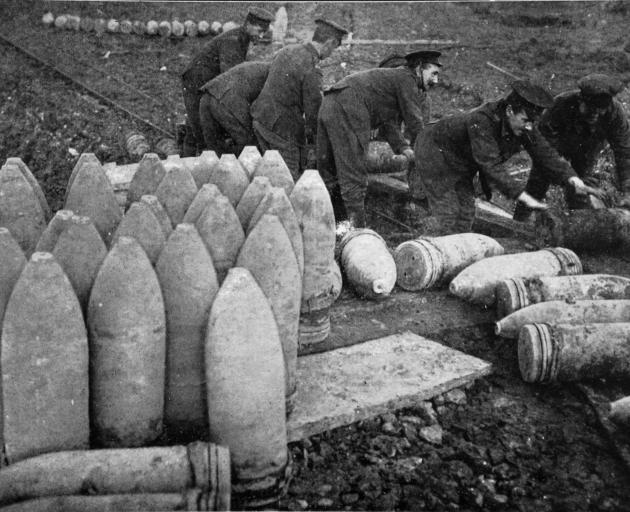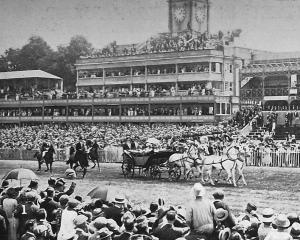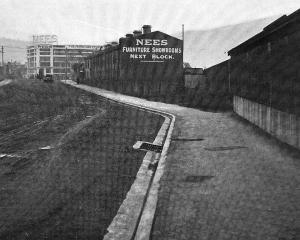
Crowds assembled at the port to witness the arrival of the Regulus shortly after 4. Conjectures were set at rest by the announcement that the rescued party was the complete crew of the Port Kembla, a Commonwealth and Dominion liner of 4700 tons, bound from Melbourne to London, and intending to call at Wellington for coal and also to land a large Australian and overseas mail. About 1 o’clock in the morning, when 20 miles from Farewell Spit, a tremendous explosion took place in the forehold, opening the starboard side of the vessel, which rapidly began to fill, and sank within 20 minutes. There was only time to get out two of the boats. The explosion damaged the wireless installation, which was rendered useless.
Strong fumes caused nausea among some of the men, and indicated that the explosion was due to an infernal machine. Captain Jack, the first officer (Mr Fletcher), and the third officer (Mr Sams) stayed on the ship, and were in the water for about half an hour after the ship sank before they were picked up by the cruising boats. About half-past 6, when seeking a landing place on the coast, the boats were sighted by the Regulus, and the occupants were taken on board. The Port Kembla had a full cargo of foodstuffs, and carried parcels sent through the Lady Mayoress of Melbourne and a number of Red Cross parcels for soldiers.
The destruction of the steamer Port Kembla off the New Zealand coast early yesterday morning, a deplorable incident in itself, is rendered doubly deplorable by the circumstances to which it was attributable. There seems to be every reason to believe that the vessel was blown to pieces through the explosion of an infernal machine which was placed in her forehold while she was being loaded at Melbourne. As the services of the unionist wharf labourers were withheld on account of the strike which is still being continued on the waterfront in Australia although the men who originated the strike in New South Wales have now returned to work, the Port Kembla was loaded by free labour. If, as we are compelled to believe, a bomb, timed to explode when the vessel was at sea, was secreted in her cargo, the responsibility for this infamous act must be laid either at the door of the strikers in Melbourne or at that of enemies of Great Britain . . .
Milkers needed
Investigations by the Efficiency Board go to show that there are 270 registered dairies in and about Dunedin, between Seacliff in the north and Brighton in the south. Owners of these dairies are finding a difficulty in obtaining men or boys to do the milking, The necessity of rising at about 3 o’clock in the morning, winter and summer, to enable the milk to be delivered at 6 or 7 o’clock apparently fails to appeal to a great number of workers. In the case of dairy factories the milk supplies can be delivered at a later hour, and there is not the same shortage of labour in the herds which are devoted solely to supplying factories. The information collected would go to prove that residents of Dunedin are receiving their supplies of milk at a very reasonable price considering all the hardships which those engaged in the industry have to suffer. — ODT, 19.9.1917.
• COPIES OF PICTURE AVAILABLE FROM ODT FRONT OFFICE, LOWER STUART ST, OR WWW.OTAGOIMAGES.CO.NZ










